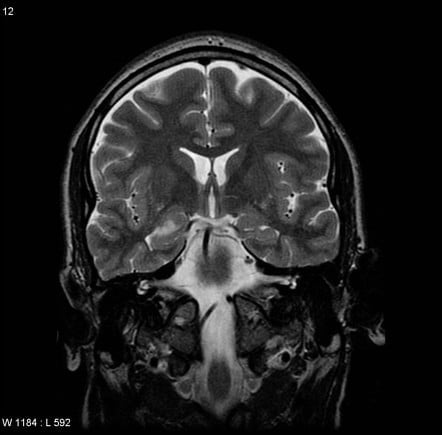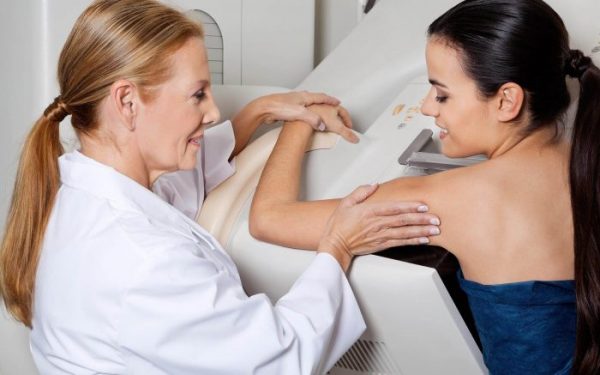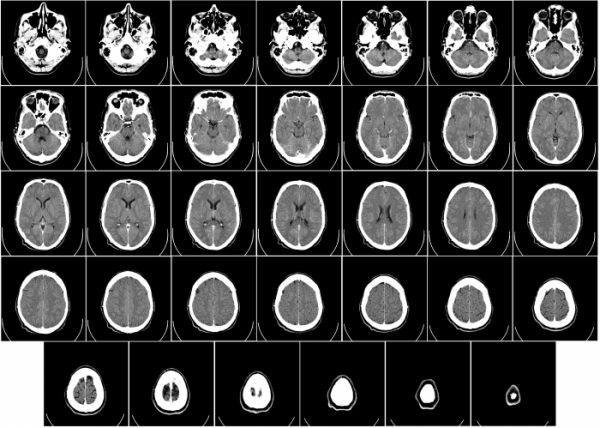ABOUT PET SCAN (POSITRON EMISSION TOMOGRAPHY)
PET (positron emission tomography) scan is used to test the functionality of certain organs and tissues in the body, by injecting a radiotracer into the body to create 3-dimensional images. The images are interpreted by the doctor and can help to establish any abnormalities and highlight how well the body is functioning.
The procedure is often performed in conjunction with a CT (computerized tomography) scan, in order to get more detailed images and may be referred to as a PET-CT scan.
PET scans are commonly performed to diagnose cancer, to determine if the cancer has spread to other organs or tissues, and to monitor cancer’s response to treatment. They may also be used to to check the function of the brain, or to help surgeons plan operations such as coronary artery bypass graft surgery, by creating clear images which can help to determine the best method of surgery etc.
The procedure involves injecting a radiotracer through a vein in the body (IV injection), which contains radiation and makes its way through the blood, building up in the organs and tissues. The PET scanner detects the radiation, creating 3-D images which the doctor can interpret.
The results may indicate if an infection is present, if there is a change in organ size, location or shape, if cancer is present or has spread to other organs or tissues, or if there is a problem with the functionality of an organ.
Recommended for
- Examining cancer patients
- Monitoring the progress of cancer patients
- Patients who are having coronary artery bypass graft surgery
TIME REQUIREMENTS
- Number of days in hospital: 1.
Patients can usually leave after the procedure and resume activities as normal. Those who are sedated may need to stay for a short time after the procedure, until they recover from the sedation.
- Average length of stay abroad: 1 – 2 days.
- Number of trips abroad needed: 1.

COMPARE PET SCAN (POSITRON EMISSION TOMOGRAPHY) PRICES AROUND THE WORLD
| Country | Cost |
|---|---|
| United States | 3460€ |
| Turkey | 718€ |
HOW TO FIND QUALITY TREATMENT ABROAD
BEFORE PET SCAN (POSITRON EMISSION TOMOGRAPHY) ABROAD
Before undergoing the PET scan, patients should advise the doctor if they are pregnant, suspect they may be pregnant, or if they are breast feeding.
Patients may be asked to refrain from eating from around 4-6 hours before the procedure. For any patients who suffer with claustrophobia, they may be sedated before the procedure, in order to help them relax during the scan. It is advisable to wear loose fitting clothing on the day of the procedure and to remove any jewelry or piercings.
HOW IS IT PERFORMED
The patient is injected with a radiotracer through vein usually as the back of the elbow and will then need to wait for an hour before getting the scan.
It takes time for the body to absorb the radiotracer and patients should try to limit their movement while waiting, in order to maximize the effectiveness of the radiotracer being absorbed.
Once this time has passed, the patient will then be asked to lie on a bed that is connected to the PET scanner and remain as still as possible. If there is a lot of movement during the scan, the images may become distorted. The scan may take up to 30 minutes to complete the images.
The images are then interpreted by a radiologists and the doctor will discuss the results a few days after the procedure.
Materials
Radioactive tracer
Anesthesia
Sedative for claustrophobic patients may be given.
Procedure duration
The PET Scan (Positron Emission Tomography) takes 1 to 2 hours.

WHAT TO EXPECT AFTER PET SCAN (POSITRON EMISSION TOMOGRAPHY)
Post procedure care
Patients are usually advised to drink plenty of water after the scan, in order to flush out the radiotracer which usually passes out of the body up to 10 hours after the procedure.
It may be advised to avoid close contact with young babies or pregnant women for a few hours after the procedure as the body is will be slightly radioactive until the radiotracer is passed out.
Possible discomfort
Patients may experience some pain and swelling around the injection site.
IMPORTANT THINGS TO KNOW ABOUT PET SCAN (POSITRON EMISSION TOMOGRAPHY)
Not recommended for
- Pregnant patients
Potential risks
- Pain or swelling at the injection site
- Exposure to small amounts of radiation
- Allergic reaction to the tracer
FREQUENTLY ASKED QUESTIONS
PET (positron emission tomography) scans are a type of nuclear medicine imaging, which uses a small amount of weakly radioactive materials to diagnose diseases. The weakly radioactive substance called a radio-tracer, is injected, swallowed, or inhaled into the body and allowed to travel throughout the body. The substance is tracked as it moves throughout the body so that physicians can understand how various organs are functioning.
Many medical centers combine these scans with images taken using CT scans, (also known as CAT scans).
The amount of radiation your body absorbs during a PET scan is similar to the amount of radiation used in most CT scans. The radio-tracers used during these scans are eliminated from the body in about 2-10 hours. You should inform your doctor if you are pregnant, breastfeeding, or think you might be pregnant.
The accuracy of PET scan results may be affected by blood glucose levels if you are diabetic. However, PET scans are generally considered very accurate.
A PET scan can show the size, shape, position, and function of some organs. The test is used to check brain function, diagnose some cancers and track their progress, check for heart problems, and track blood flow. Several PET scans may be taken over time to track the progress of certain medical conditions.













